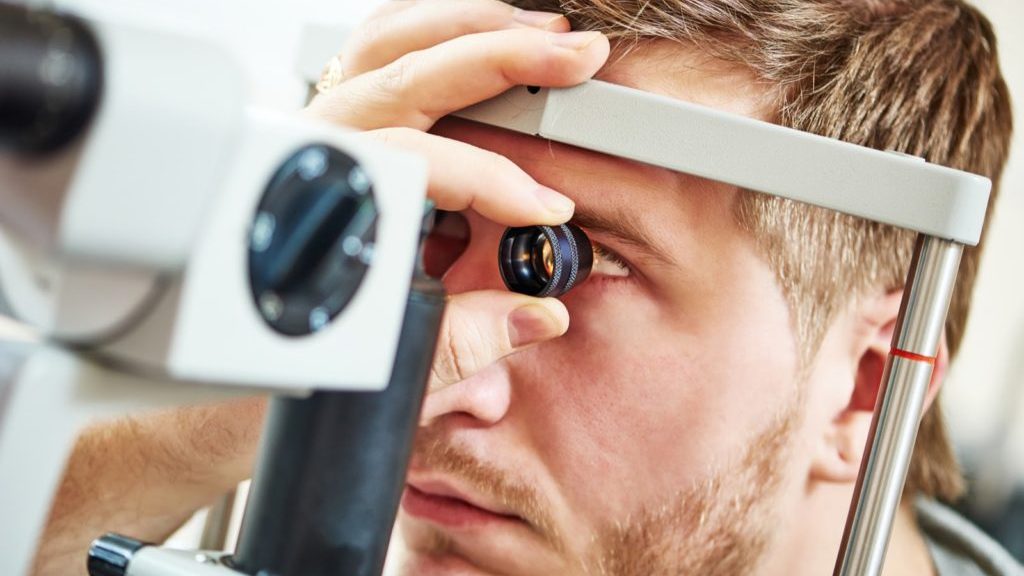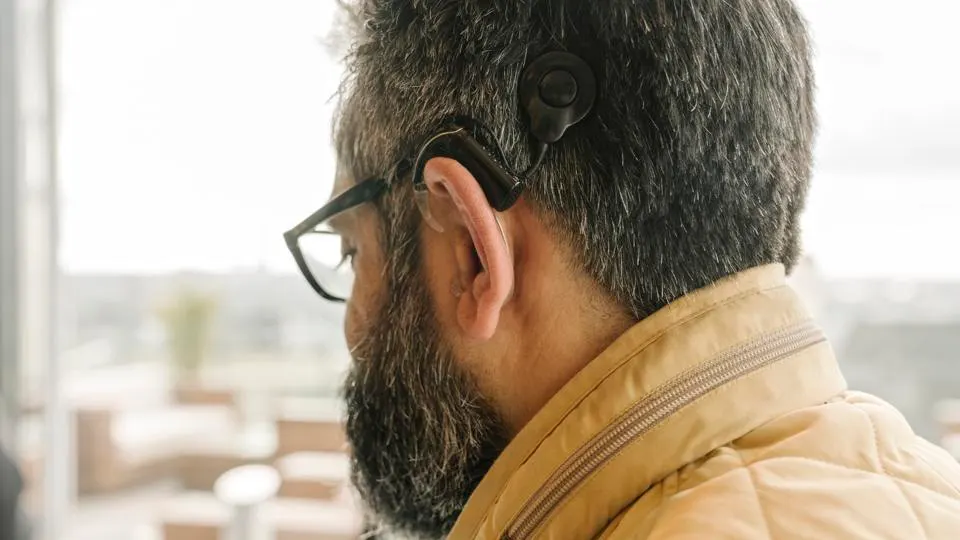Glaucoma Surgery
If glaucoma medicines and laser treatment haven’t helped to treat your glaucoma, your doctor may recommend surgery. Surgery can’t cure glaucoma or undo vision loss, but it can help protect your vision and stop it from getting worse.
There are a few different types of surgery for glaucoma that can help lower the pressure in your eye:
- Trabeculectomy
- Glaucoma implant surgery
- Minimally invasive glaucoma surgery (MIGS)
Traditionally, incisional glaucoma surgery has been reserved for those patients who have more severe disease; however, over the past 10 years, many less risky, less invasive glaucoma procedures have been developed that can benefit patients who have earlier stage glaucoma, especially those patients who also require cataract surgery. In general, glaucoma surgery is performed in ambulatory surgery centers and does not require hospitalization. If you have difficulty tolerating your glaucoma medication or if laser treatment has been unable to adequately control your eye pressure, you may benefit from glaucoma surgery, regardless of the stage of your glaucoma.
What is Trabeculectomy?
This type of surgery is usually used to treat open-angle glaucoma. It’s done in a hospital and usually takes less than an hour.
The surgeon will create a tiny opening in the top of your eye. The opening will be under your eyelid, where no one will see it. This opening allows extra fluid in your eye to drain away, lowering pressure in your eye.
Usually, you’ll be awake during this surgery — but you’ll get numbing medicine and medicine to help you relax. You can usually go home the same day, but you’ll need someone to drive you home.

What is Glaucoma Implant Surgery?
This type of surgery is used to treat several types of glaucoma, including congenital glaucoma, neovascular glaucoma, and glaucoma caused by an injury. It’s done in a hospital and usually takes 1 to 2 hours.
In this operation, the surgeon implants a tiny tube, or shunt, onto the white part of your eye. The tube helps extra fluid drain out of your eye, lowering your eye pressure.
Usually, you’ll be awake during this surgery — but you’ll get numbing medicine and medicine to help you relax. You can usually go home the same day, but you’ll need someone to drive you home.
What is Minimally Invasive Glaucoma Surgery (MIGS)?
MIGS procedures work by using microscopic-sized equipment and tiny incisions. While they reduce the incidence of complications, some degree of effectiveness is also traded for the increased safety.
The MIGS group of operations are divided into several categories:
- Miniaturized versions of trabeculectomy
- Trabecular bypass operations
- Totally internal or suprachoroidal shunts
- Milder, gentler versions of laser photocoagulation
Micro Trabeculectomies
Using tiny, microscopic-sized tubes that can be inserted into the eye and drain fluid from inside the eye to underneath the outer membrane of the eye (conjunctiva), two new devices seem to make the trabeculectomy operation safer.
Trabecular Surgery
Most of the restriction to fluid drainage from the eye rests in the trabecular meshwork. Several operations have been devised using tiny equipment and devices to cut through the trabecular meshwork without damaging any other tissues in the ocular drainage pathway. Using a special contact lens on the eye, a tiny device is inserted into the eye through a tiny incision into the trabecular meshwork under high power microscopic control.
Suprachoroidal Shunts
Using tiny tubes with very small internal openings, the front of the eye is connected to the suprachoroidal space between the retina and the wall of the eye to augment the drainage of fluid from the eye. This operation has relatively few serious complications and lowers pressures enough to be useful even in moderately severe glaucoma.
New Laser Procedures
Previously, laser cyclophotocoagulation was reserved for advanced glaucoma that could not be controlled despite trabeculectomy or tube shunts. The procedures were designed to reduce the fluid-forming capacity of the eye by targeting the delicate tissue (ciliary body) that makes the fluid. They sometimes produced severe inflammation that could reduce vision. Two recent additions to the laser treatment procedures have proven useful even before the glaucoma is far advanced. These are endocyclophotocoagulation and micropulse cyclophotocoagulation.
What to Expect After Surgery
It’s important to consult with your eye doctor for specific timelines regarding your recovery. Blurry vision in the operated eye is common during the immediate recovery period. Your vision will improve over the days and weeks that follow. Other common temporary effects to the eye after surgery include:
- Redness
- Irritation
- Swelling
- Tearing
- The feeling of a small object in your eye
You will not be able to drive home following surgery, so it’s important to have someone available to take you there and back. Driving can resume based on the level of glaucoma, your other eye’s condition and which procedure was done. Your surgeon will provide that guidance during your appointment.
Most of the time, your eye drops schedule for your glaucoma will change after your procedure. Depending on the surgery, your doctor may also prescribe new eye drops to speed up recovery.
Most people who have glaucoma surgery do not experience significant pain. If you do feel pain in the eye, however, you should consult your eye doctor about the best options on how to relieve it.
What to Expect After Glaucoma Surgery?
Most people can resume daily activities such as reading, watching TV or using phones, computers or other electronic devices within the first few days following surgery. Showering and bathing may also resume. Eye protection (a shield or glasses) is used to prevent bumping or rubbing the eye. For the procedures where the eye pressure is low, avoid the following activities during the first couple of weeks after surgery:
- Exercise, such as running, or lifting more than 10 pounds
- Bending, lifting or straining
You should also avoid these activities, which can cause infection from bacteria:
- Swimming or using hot tubs; depending on the surgery, there may be a lifelong precaution in this regard
- Wearing reusable contact lenses; sometimes the surgeon will place a specific contact to hasten healing
- Wearing eye makeup or face cream
What are the Side Effects of Surgery for Glaucoma?
Glaucoma surgery can have side effects, just like any operation. For example, your eye may be swollen and sore for a while.
Other possible risks of glaucoma surgery include:
- Cataract
- Problems with the cornea (the clear front layer of your eye)
- Eye pressure that’s too low
- Vision loss
It is important to remember that glaucoma is a lifelong disease without a cure. However, working together with your doctor is the best way to ascertain that your disease remains controlled which will help ensure the best possibility of maintaining good vision for the rest of your life. Even with a successful surgery, treating glaucoma is still a lifelong process. Remember to keep your regularly scheduled checkups with your ophthalmologist. This allows them to track your condition and its progression.
Contact SightMD today to schedule an appointment with one of our doctors to discuss your vision health at one of our convenient locations!

Healthy Diet and Cataracts
The Role of a Healthy Diet in Preventing Cataracts As we age, various eye conditions can develop that impact…

Benefits of Cochlear Implants
Understanding the Benefits of Cochlear Implants Hearing loss can significantly impact one’s quality of life, making communication and connection…

Long-Term Considerations for Individuals with Cataracts
What to consider Long-Term for Individuals with Cataracts As we age, our eyes undergo various changes, and one common…